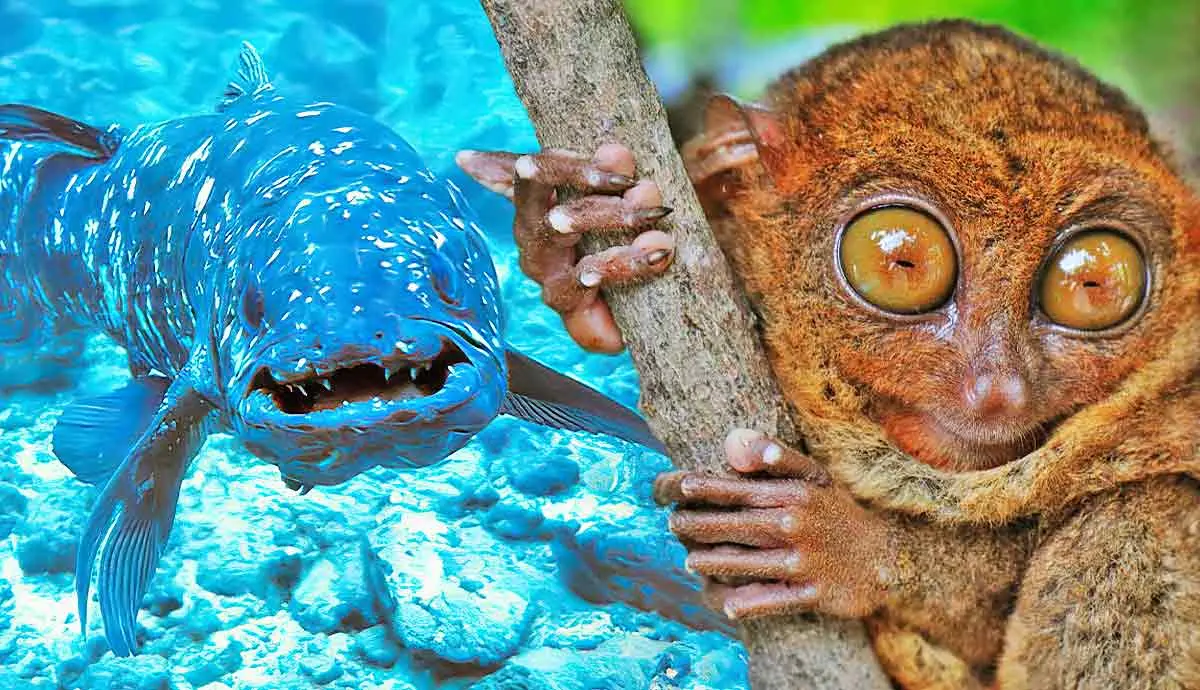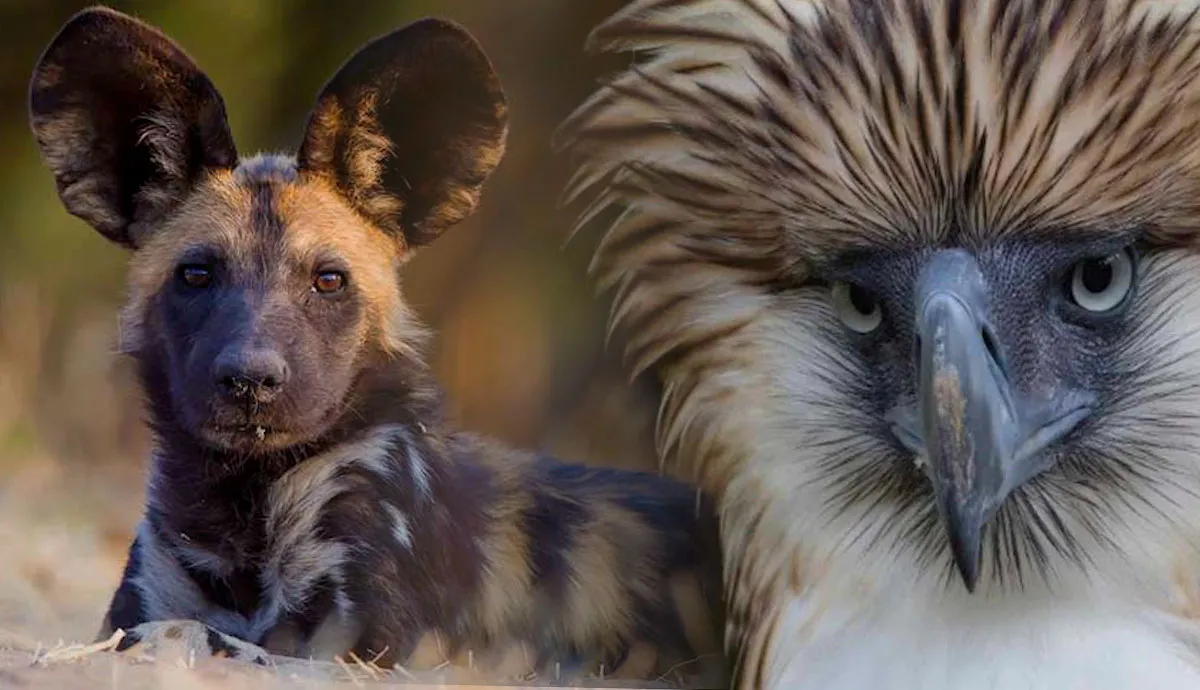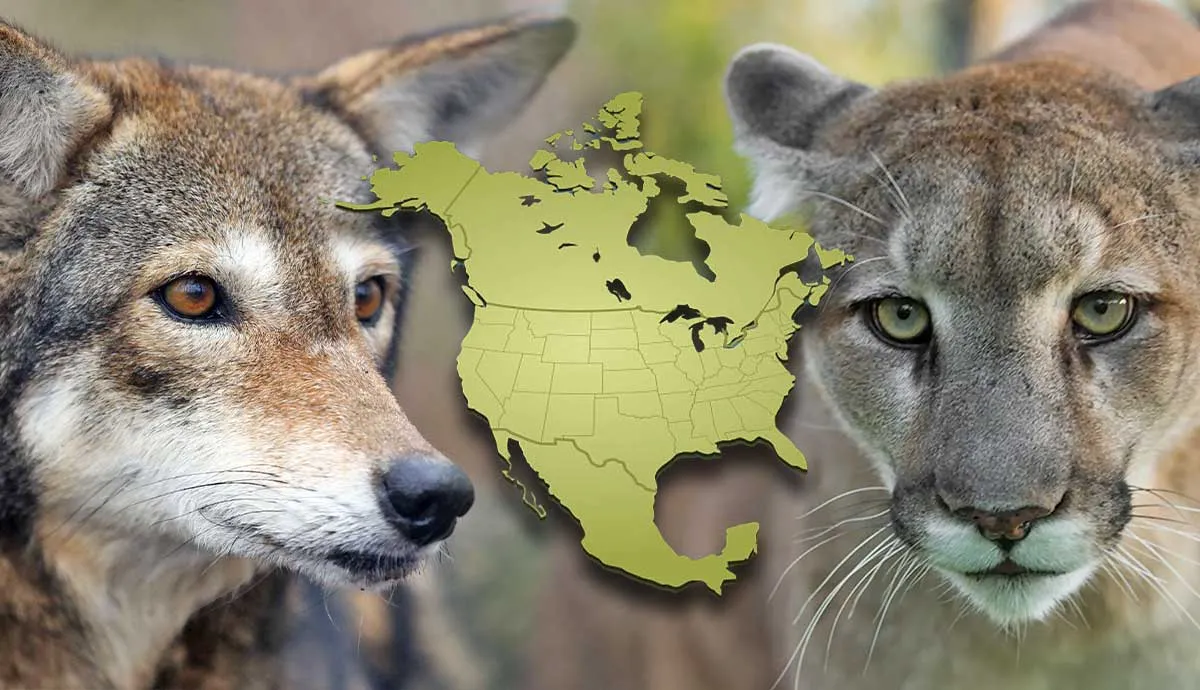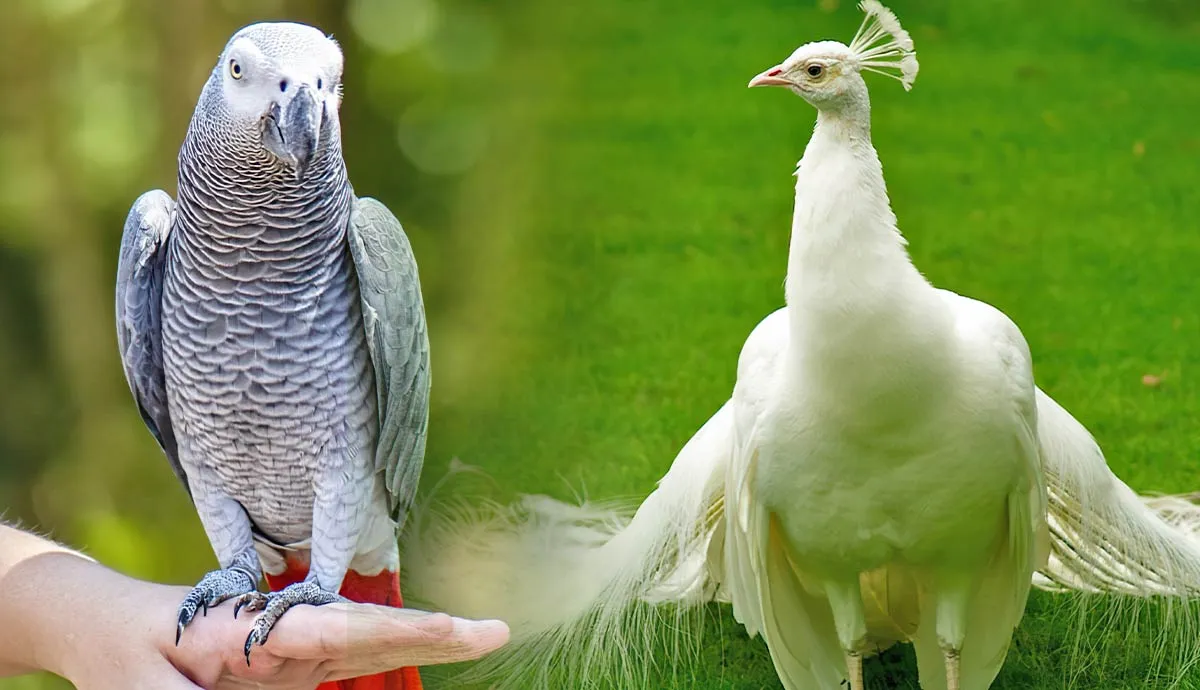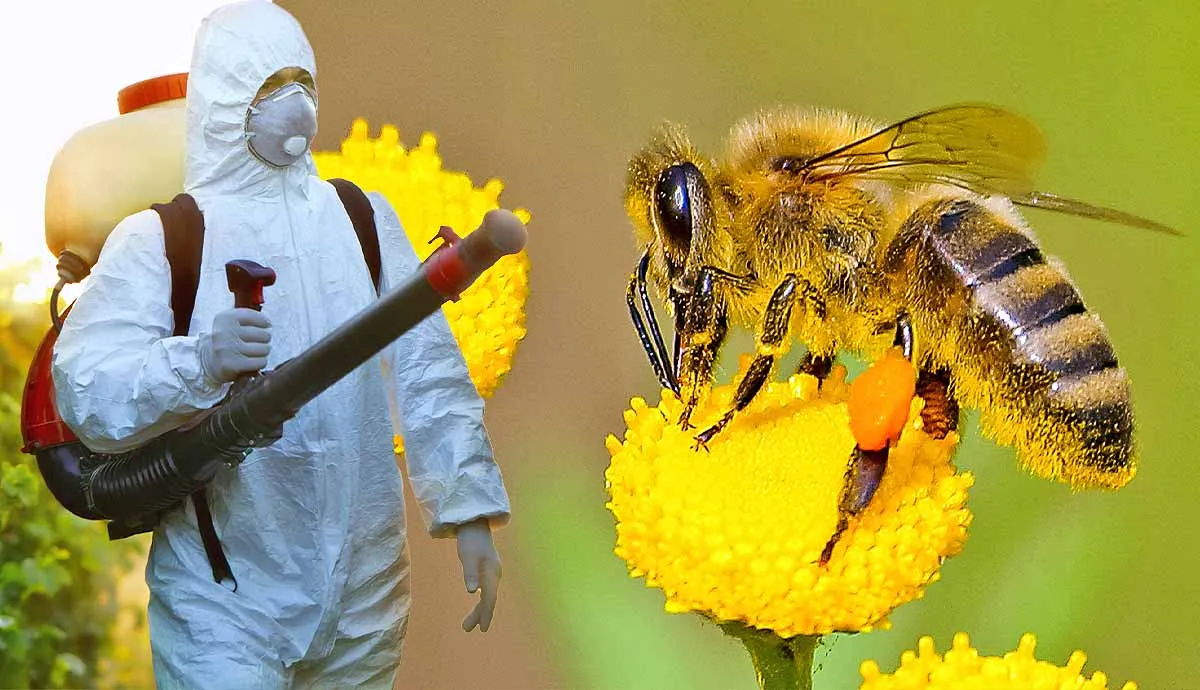Scientists classify a species as extinct when there is no evidence of the species existing any longer. Many times, the classification of “extinct” is permanent, and we lose a unique species forever. However, sometimes scientists are mistaken.
Lazarus species are creatures found again in the wild years after being declared extinct. The Coelacanth, Terror Skink, Bermuda Petrel, Lord Howe Island Stick insect, and Pygmy Tarsier were animals thought to be extinct who are making a comeback.
How can Animals Come Back from Extinction?

In the future, scientists may be able to bring back extinct species through science. These practices raise moral and ethical questions.
Yet, the most common way extinct species come back to life is that they were never truly extinct, to begin with.
Scientists declare species extinct when, according to IUCN Red List, “...there is no reasonable doubt that the last individual has died.”
However, in many cases, this is difficult to prove. Scientists base their decisions on the known last location of the species, extensive surveys, and reports of sightings. These measures aren’t perfect, and some creatures can hide in the wild until they are “rediscovered” years later.
These discoveries allow scientists to bring these rare species back from the brink of extinction through conservation efforts.
Coelacanth

The first records humans have of this fish are from the Devonian period, around 400 million years ago. This means these fish lived alongside the dinosaurs! They were believed to have died out with their dinosaur compatriots. Yet, in 1938, they were found along the east coast of South Africa.
And now scientists get the opportunity to learn about this ancient species.
Coelacanths live in volcanic caves deep within the ocean. Their lifespan is about 100 years. They reach sexual maturity at around 55 years old. Then, the females carry their young for 5 years—the longest gestational period of any animal on the planet!
Although this species is still alive, its slow maturity and long reproduction cycle put it even more in danger of becoming truly extinct.
Terror Skink

In 2003, an expedition to study sea snakes on the Isle of Pines ended with the rediscovery of Phoboscincus bocourti, also sometimes known as Bocourti’s Terrific Skink. This species had been thought extinct for over 130 years.
Ivan Ineich, the scientist who made the discovery, took tissue samples and pictures, then released the skink to the wild.
Compared to other large skinks, this large, sharp-toothed skink may be carnivorous. Little is still known about this species. Sightings are rare, and there are only a handful known to exist in the wild.
Bermuda Petrel

This rare bird, also known as a cahow, was thought to be dead for over 300 years. In the 1600s, there were tons of them. So many, that records show they would flock around ships and at settlements, attracted to the fires and loud sounds of humans.
But, since they were so easy to attract, they were also easy to kill. Their eggs became prized, and within only a few years, these animals were already becoming scarcer. Pigs and rats introduced by settlers in Bermuda destroyed their nests, too, further exacerbating the issue.
For the next three centuries, no one saw the Bermuda Petrel. So, they were thought to be extinct.
In the early 1900s, reports of these birds started to encourage scientists. In 1951, Robert Murphy, an ornithologist, and some others found a cahow sitting on an egg. There were 18 total nesting pairs found. Then, these men worked to conserve the Bermuda Petral’s shaky existence. From those 18 pairs, as of 2011, there 2011 there were 98 nesting pairs.
Lord Howe Island Stick Insect

Also known as “tree lobsters,” Lorde Howe Island Stick Insects were used as bait for many years. They are about 7 inches long and work rather well at luring fish. However, they are endemic to the small island off the Australian coast.
Black rats, in 1918, infested the island and preyed on these large insects along with 12 other insect species, and 5 bird species, which became extinct. By the 1930s, these tree lobsters were also listed as extinct.
Then, in 2001, rumors of large black insects living on Ball’s Pyramid, a remnant of a volcano 12 miles from Lord Howe Island. So, scientists visited to check it out. They found a small population of these insects and brought back a breeding pair to help “bring back” this creature.
Today, only about 20-30 tree lobsters live in the wild.
Pygmy Tarsier
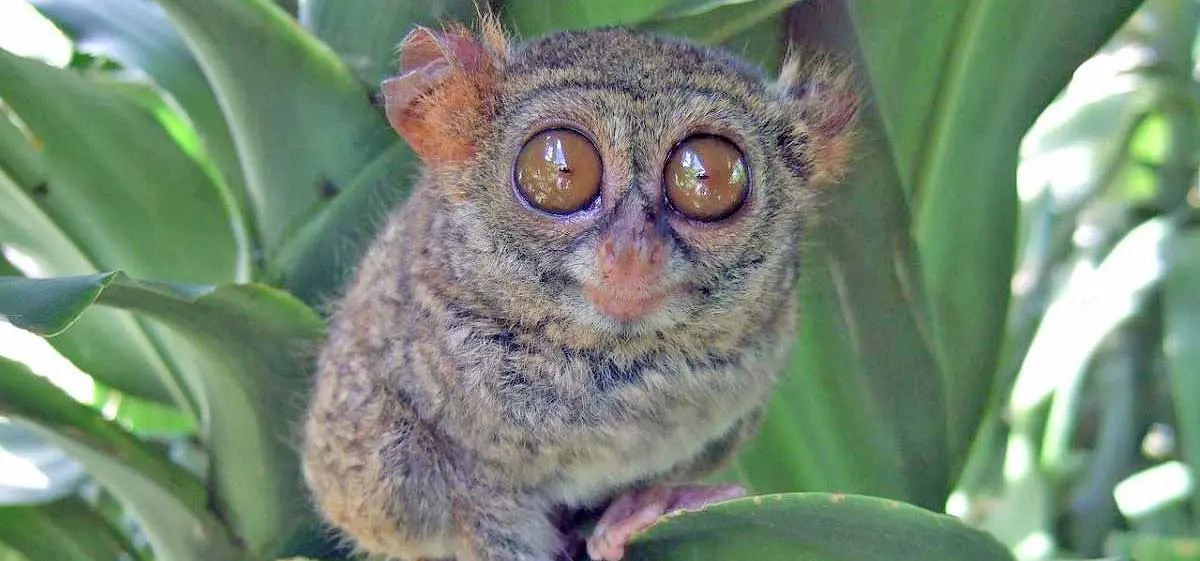
Pygmy tarsiers are primates that live in the central Sulawesi Mountains on Sulawesi Island in Indonesia. They are endemic to the mountains of this island. Loss of habitat and civil unrest on the island led to the decline of these small mammals. These small and adorable creatures were thought to be extinct for 80 years.
Then, in 2000, scientists found this 2nd smallest primate dead in a rat trap. After this sad discovery, in 2008, a research team found four live pygmy tarsiers. They captured a female and male, tagged them with a tracking collar, and released them into the wild.
Not much is known about this species, as these are still very rarely seen and very specific to the island.
Conclusion

There is still so much that scientists don’t know about as far as species in the wild. There are also a lot of dense forests and deep oceans yet to be explored. Who knows what creatures still live out in the wild, yet to be discovered? And, let’s hope, that some of the creatures we have classified as extinct are hiding in small numbers, waiting to make a comeback.
